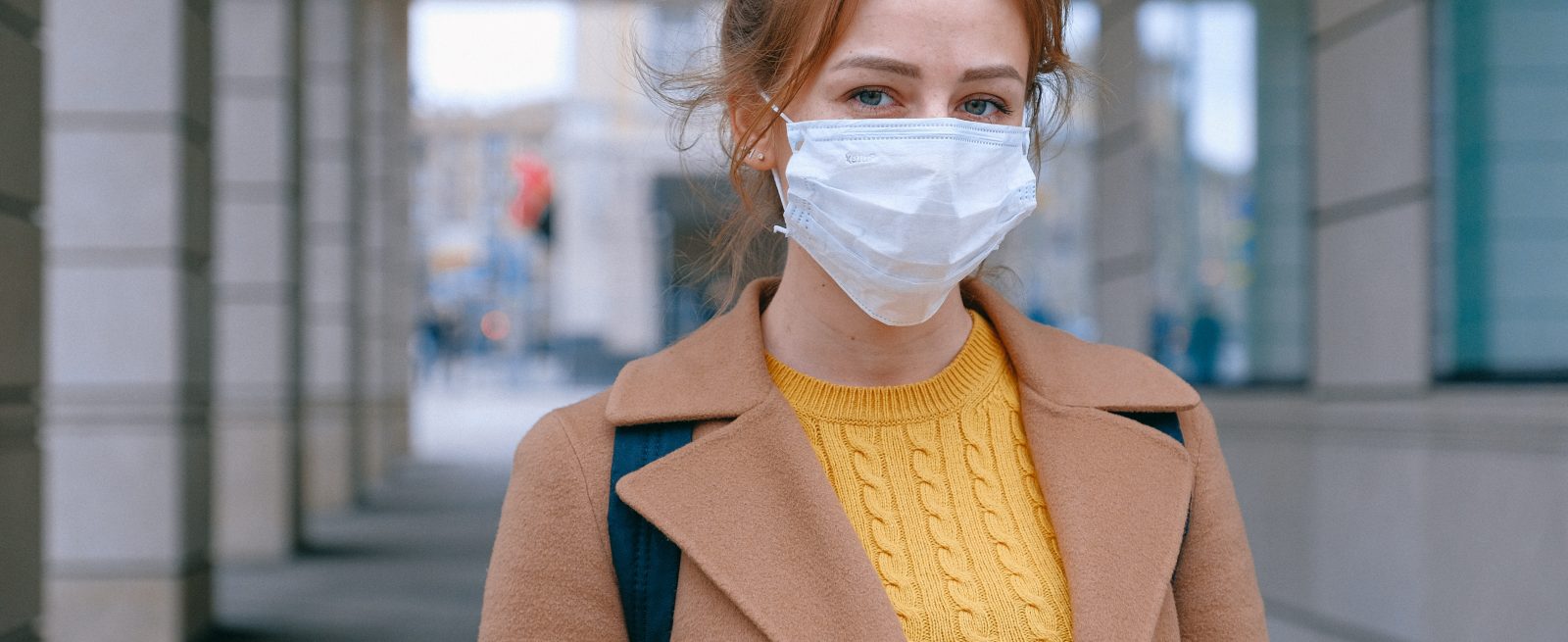What Does Social Distancing Mean for Social Businesses Like Restaurants?
5 Min Read By MRM Staff
What are some ways restaurant owners and operators can be safe and welcome guests while maintaining social distance?As the Coronavirus crisis continues, Modern Restaurant Management (MRM) magazine asked industry insiders what best practices restaurants should have in place for social distancing, as per CDC guidelines.
Rakuten Ready surveyed more than 100 customers to measure how behaviors around dining have, or are anticipated to change around the perceptions and impact of COVID-19 on restaurants, food delivery and order for pickup. Among the findings:
Most diners are not overly fearful, with 57 percent making no change to their dining behaviors. However, 20 percent of respondents did, unfortunately, say they were avoiding restaurant dining completely. 17 percent said they were just avoiding dining-in (opting to pick-up or have food delivered), with 10 percent appearing to lean toward Ordering for Pickup only. 34 percent of respondents saying they plan to…
Sorry, You've Reached Your Article Limit.
Register for free with our site to get unlimited articles.
Already registered? Sign in!

